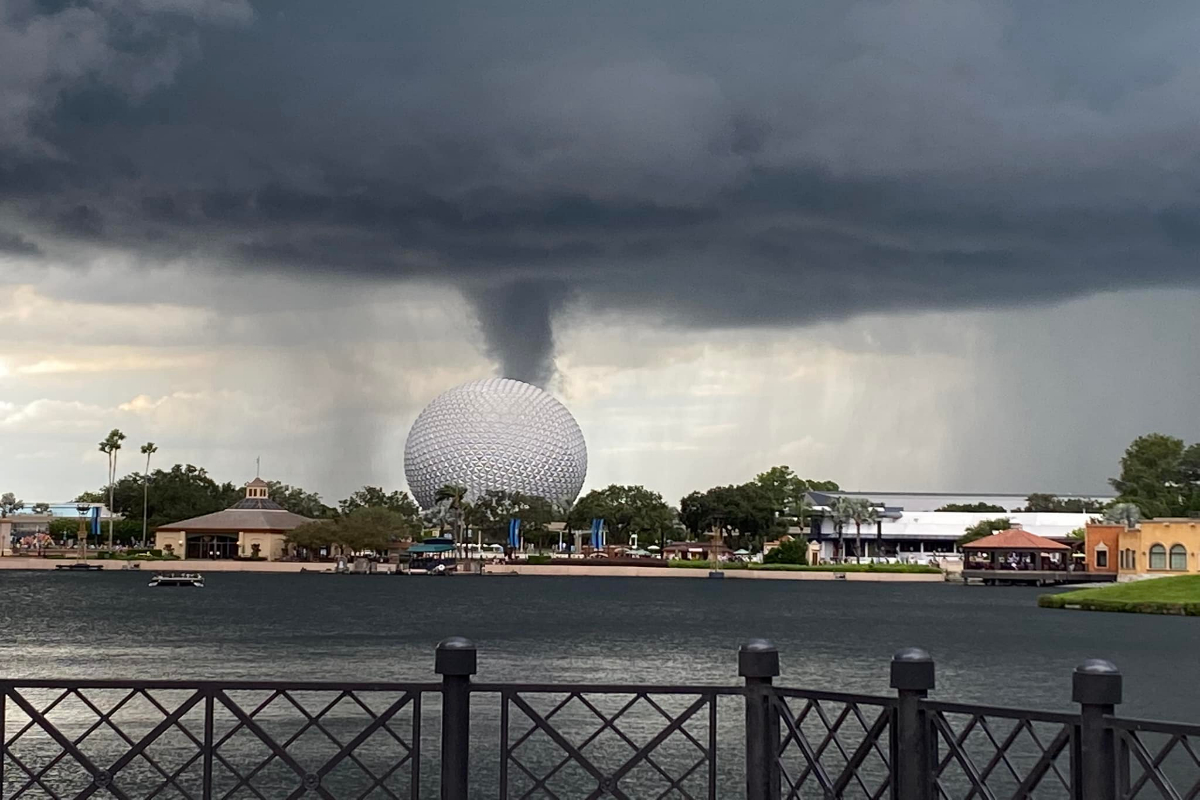- Saturn may have been split in two by tidal forces caused by Saturn’s gravitational pull some 160 million years ago.
- A new study claims that Saturn’s rings are a relatively recent development.
- According to the experts, Chrysalis’ orbit worsened and the moon strayed too near to Saturn.
According to research conducted by NASA’s Cassini spacecraft and computer models, the formation of Saturn’s spectacular rings and its peculiar orbital tilt of around 27 degrees can both be attributed to the breakup of a big moon that got too near to the gas giant planet.
This hypothetical moon, which they named Chrysalis, may have been split in two by tidal forces caused by Saturn’s gravitational pull some 160 million years ago.
This is relatively recent when compared to the time of the planet’s birth, which occurred more than 4.5 billion years ago.
According to the researchers, the majority of the Chrysalis debris appears to have entered Saturn’s atmosphere at a rate of about 99%, with the remaining 1% remaining in orbit and eventually forming the massive ring system that is one of the wonders of our solar system.
They gave the moon the name Chrysalis because it describes the stage a butterfly goes through before developing into its beautiful adult form.
Saturn’s rings “emerged from the primordial satellite Chrysalis as a butterfly emerges from a chrysalis,” said Jack Wisdom, a professor of planetary science at the Massachusetts Institute of Technology and the study’s principal author.
According to the experts, Chrysalis was around the size of Iapetus, Saturn’s third-largest moon, which has an approximate diameter of 910 miles (1,470 km).
Planetary scientist and research co-author Burkhard Militzer of the University of California, Berkeley said, “We assume it was largely constituted of water ice.”
Up to 175,000 miles (282,000 km) from the planet, Saturn’s rings—which are primarily composed of water ice particles varying in size from a grain of sand to a mountain—can be seen.
However, they are typically only around 30 feet (10 meters) thick. While the other giant gas planets in the solar system, such as Jupiter, also have rings, they pale in comparison to those of Saturn, which is the sixth planet from the sun.
With a volume 750 times larger than Earth, Saturn is the second-largest planet in our solar system after Jupiter and is situated almost 10 times as far from the sun as Earth.
Titan, the second-largest moon in the solar system and larger than the planet Mercury, orbits Saturn, which is primarily composed of hydrogen and helium. Titan is one of 83 known moons that orbit Saturn.
In its 294 orbits of Saturn between 2004 and 2017, the robotic explorer Cassini collected crucial data, including gravity measurements that were crucial to the new study, before it plunged to its demise into the planet.
The rings were a relatively recent development, according to a 2019 study that supported the conclusions of the new study.
The authors of the new study put up a multi-step theory to explain how Saturn’s rings formed.
They said that Chrysalis was one of the numerous moons present when the Saturnian system originated.
The planet’s spin axis was initially parallel to its orbital plane around the sun, but due to the gravitational pull of the far-off planet Neptune, Saturn’s spin axis began to tilt.
They claimed that the drama started when Titan’s orbit around Saturn started to move outward, a process that is currently in progress, upsetting the orbit of Chrysalis.
Titan is moving away from Earth at a rate of around 4 inches (11 cm) every year, which may not seem like much but adds up over time, especially for such a large moon.
According to the experts, Chrysalis’ orbit worsened and the moon strayed too near to Saturn, causing it to disintegrate.
In reference to a comet that ultimately crashed into Jupiter in 1994, Militzer said, “Saturn’s gravitational pull broke it apart in the way Jupiter ripped apart the Shoemaker-Levy 9 comet.”
“Neptune lost the ability to alter the spin axis of Saturn when Chrysalis vanished. Consequently, the planet continued to spin at a 27-degree angle “Militzer tacked on.
The tilt of the Earth is around 23 degrees in comparison.
[embedpost slug=”saturn-mercury-and-jupiter-to-form-three-planet-conjunction/”]




























